For me, it’s been difficult to read right now. But from the first page, I was absolutely sucked into Hidden Valley Road by Robert Kolker. Hidden Valley Road tracks the Galvin family, a family of twelve—ten boys and two girls—in Colorado during the 1960s. Six of the boys would be diagnosed with schizophrenia.
When I asked Robert what five books he’d like to recommend, he said books about family. And while at first I thought he’d give insight into similar books in the schizophrenia genre, the topic of family made a lot of sense. There really is something pretty remarkable about how the Galvin family, through it all, stuck together. I for one, was left wondering not only how this was possible, but what I could learn from that, whether in thinking about my relationship with my own family, or even just my relationships with myself, especially at a time like right now.
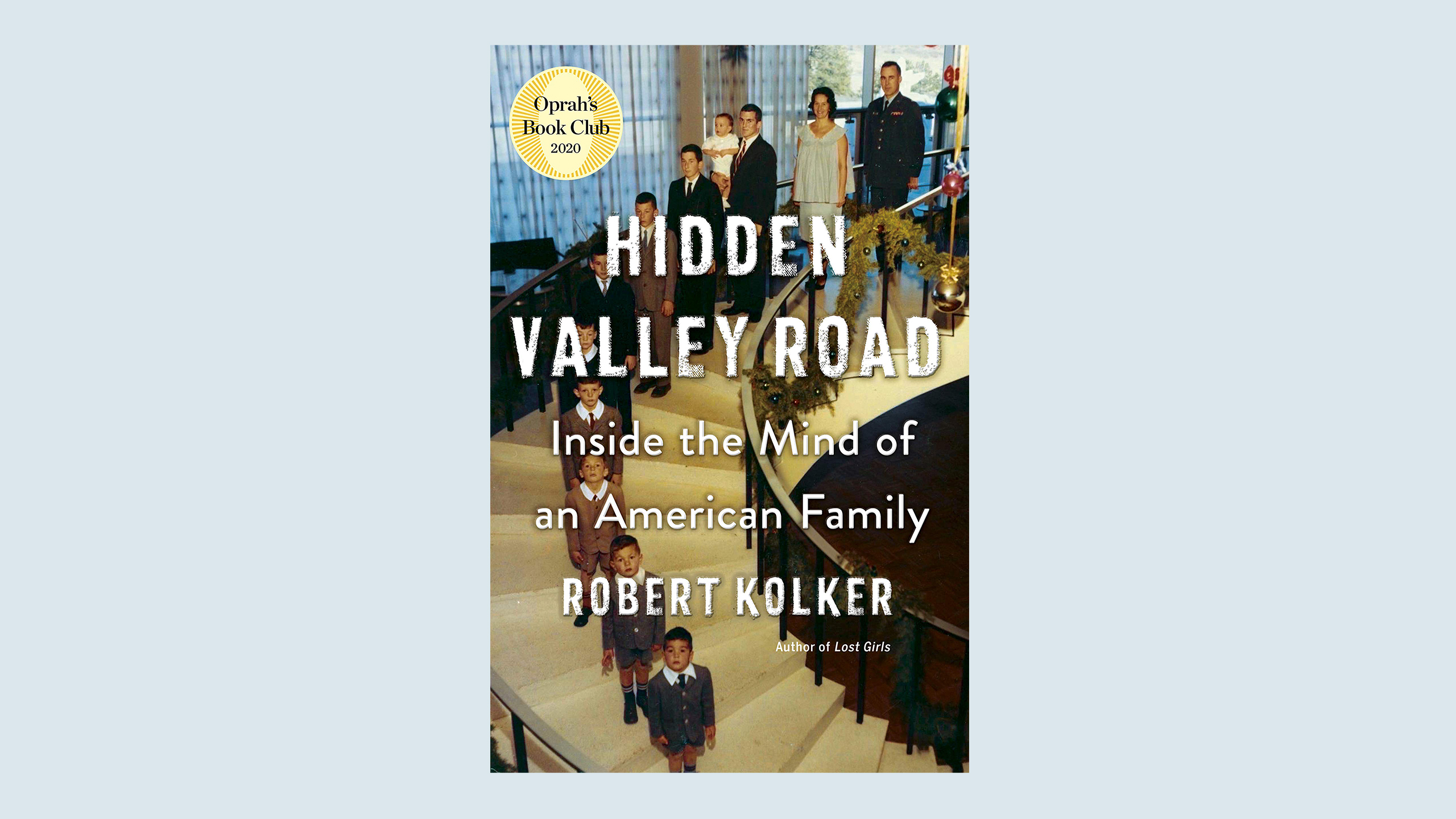
I noticed that you touch on the resiliency of family throughout Hidden Valley Road, which was fascinating, mainly because if I was in a home with fighting, schizophrenic brothers, I think I would’ve ran away as fast as possible and never come back.
ADVERTISEMENT
As I was researching, the first obvious question was how does this happen to just one family? And that’s the science question as much as anything else. And then the second big question is how did they remain a family through it all? How and why didn’t people just run away, and I really lost count of the number of times that I asked that question to both Lindsay and Margaret and some of the other children, as well as asking what brought you back? And between the two of them and some of the other Galvin children, I got a million different answers. And to me, that highlighted the complexity of not just the Galvin family, but families in general. None of us grow up in a family like any other, and even within our own families—between my brother, my sister, and myself—we all have different perspectives on our family, even despite there being no great tragedy or mental illness to contend with. And that really seemed like a driving force for the book.
The first book that really helped me grasp this family as told through several different voices was War and Peace, which is about a huge unhappy family and it’s a book with a lot of different characters. All of them are related in different ways, and for me, it was helpful thinking about it when writing this book because it helped me juggle a lot of different characters and story lines to make sure that while telling the story, the reader wouldn’t lose patience. What I learned in reading War and Peace is that you can spend an entire, long chapter on one character and readers would be alright with that, they wouldn’t throw up their hands and ask “but what’s happening to this other character?” Instead, they’d take the story in that direction knowing and trusting that you can return to other characters in other chapters, and that just wasn’t initially clear to me.
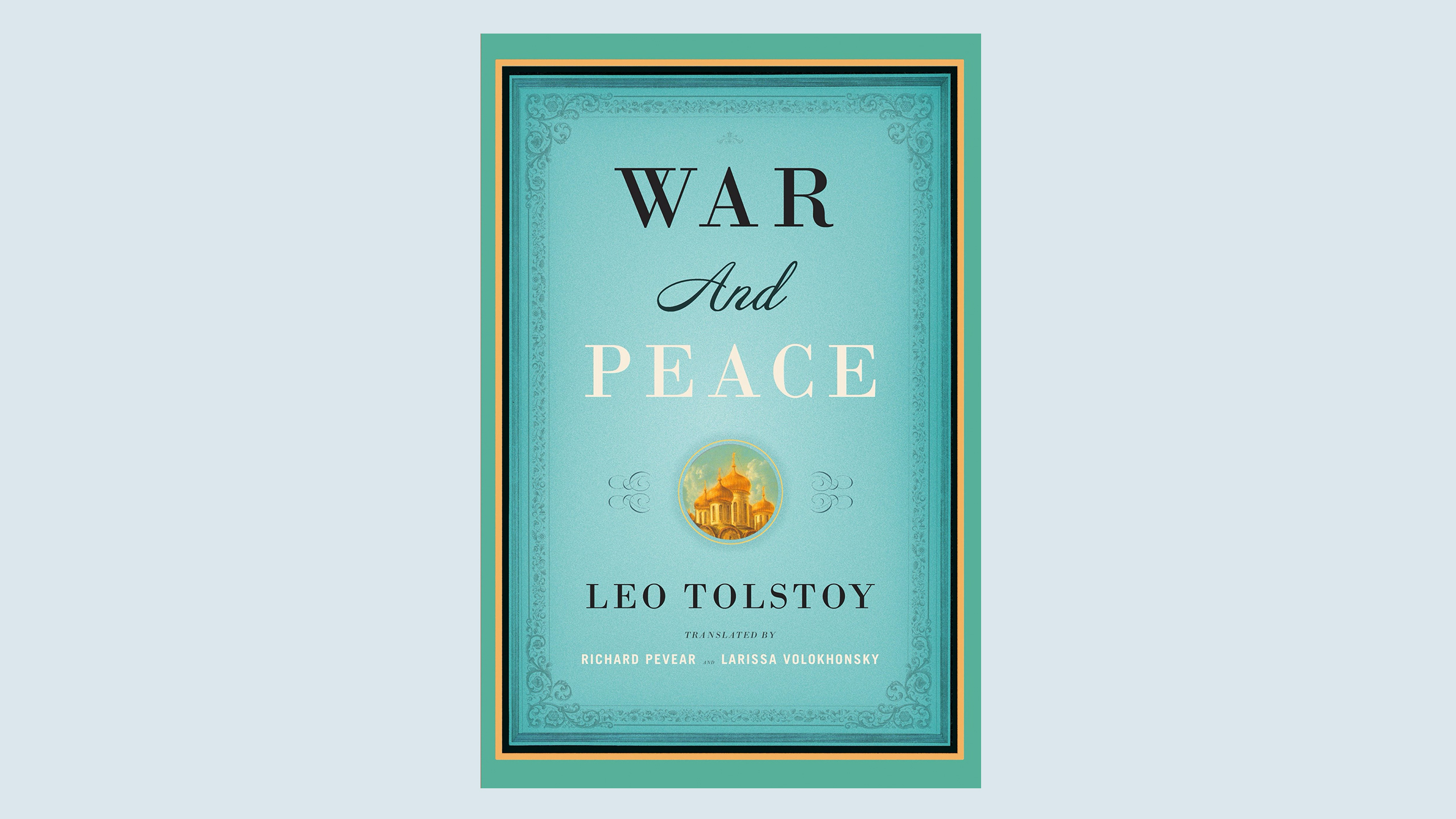
It’s really funny that you mention War and Peace because I’ve been thinking about picking it up. I saw somewhere that if you read one or two pages a day, you’d probably finish it by the end of this.
Was there a book you thought of after talking to the Galvin family for the first time?
Immediately after Lindsay and Margaret told me about the murder-suicide and abuse, was American Pastoral by Phillip Roth. It’s about a perfect family that implodes in the 1960s just as the countries imploding. And I really had it in the back of my mind, but I didn’t want to be too obvious about it.
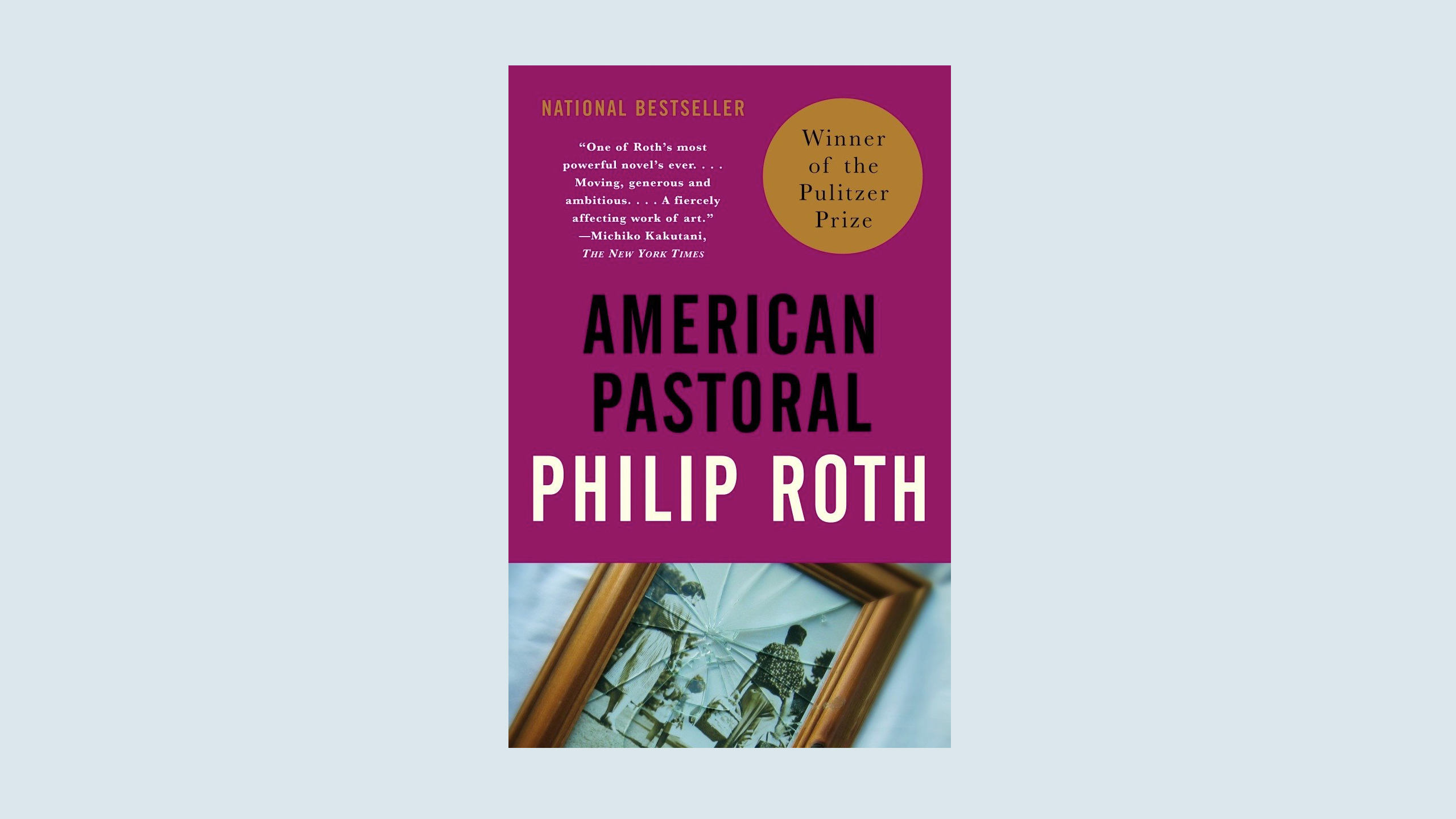
Now that you say that, I totally see it. How both families are seemingly perfect on the outside and just, absolutely crumble. And you picked two fiction books so far, which I think speaks a lot to just the way you ended up telling the story, alternating between this history of psychology, and then this unbelievable narrative nonfiction of the Galvin family.
Yeah, and I took a lot of inspiration from other narrative nonfiction books, one being Michael Lewis’ The Blind Side.
You mean the movie with Sandra Bullock?
Yeah, the book is the story of the movie, but it also has lots of information on football and strategy and human nature, in a very technical way. Lewis, to me, is one of the best at mixing technical details and addictive narratives—he’s able to dip in and out of explanations of very difficult subjects in a way that doesn’t bore you or slow you down. I tried my best to emulate him because his tangents on science aren’t just digressions, instead, they are always in some way in larger service of the book.
He’s also writing about a family, and in this case, it’s a chosen family. The chosen family is especially interesting as I went through this book and it really just gave me food for thought about what a family really is in the wake of tragedy.
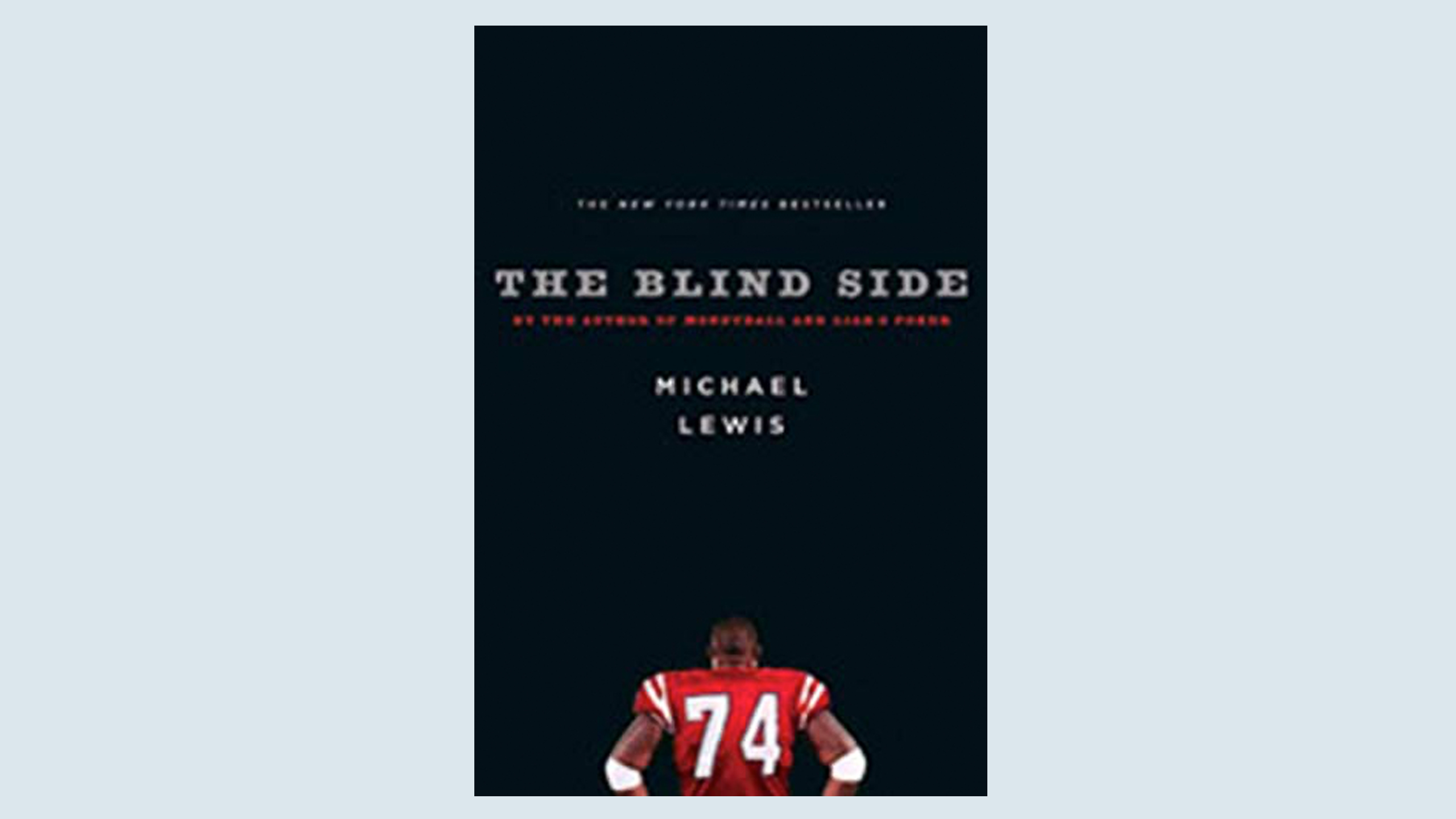
Yeah, and there’s definitely some decision making that has to happen in regards to which family is more important, even if you’ve chosen your non-biological family.
Yes, and Song of Solomon by Toni Morrison is another pick because it’s all about people defining themselves and discovering where they come from and in the process, unearthing the legacy of their family. Practically everybody in the book comes up with a new name for themselves, which is, something a person in Hidden Valley Road does in order to try to change their destiny, and their view of themselves. Song of Solomon, moreover, is about a far flung family where people actively dislike one another, and yet they are still bound together as a unit, and so the complexity of the family really helped me when I was thinking about the Galvins, and why some of the healthy ones did or did not leave.
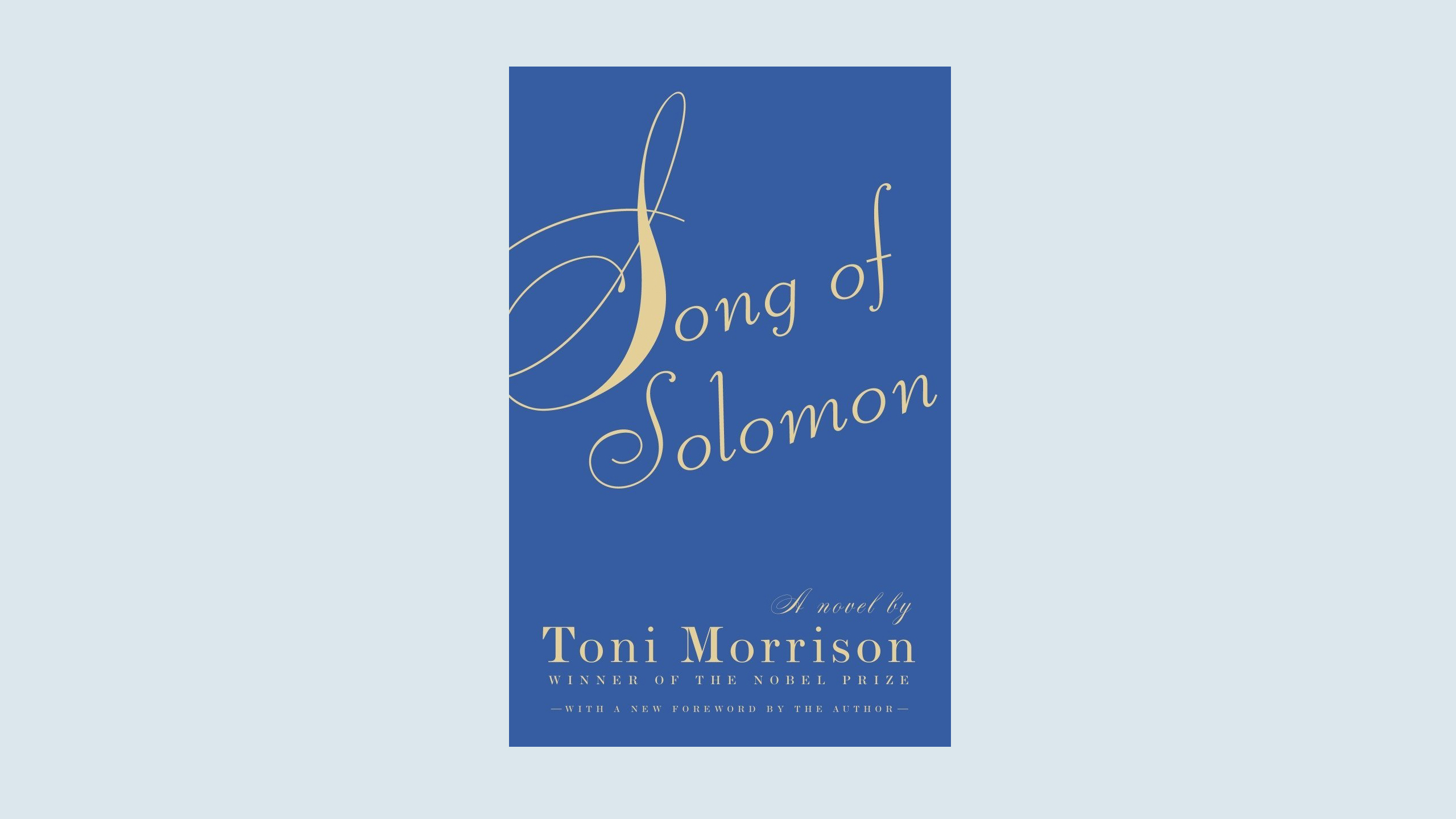
Totally, because going back to the chosen family, we don’t get to choose our family, but to a certain extent, we can, and this was the hopeful message I took away from the book, come to terms with the past in order to define our self and our future.
Right, and so my last pick is The World According to Garp. It’s one of my favorites and it’s about when an unthinkable stretch of tragedy strikes out of nowhere. It’s also about a son reconsidering his mother as he gets older. You can see the parallels between Jenny Fields and Mimi Galvin, two high energy people whose children are not necessarily happy, but when they get older and the children start to find new perspectives on their mother.
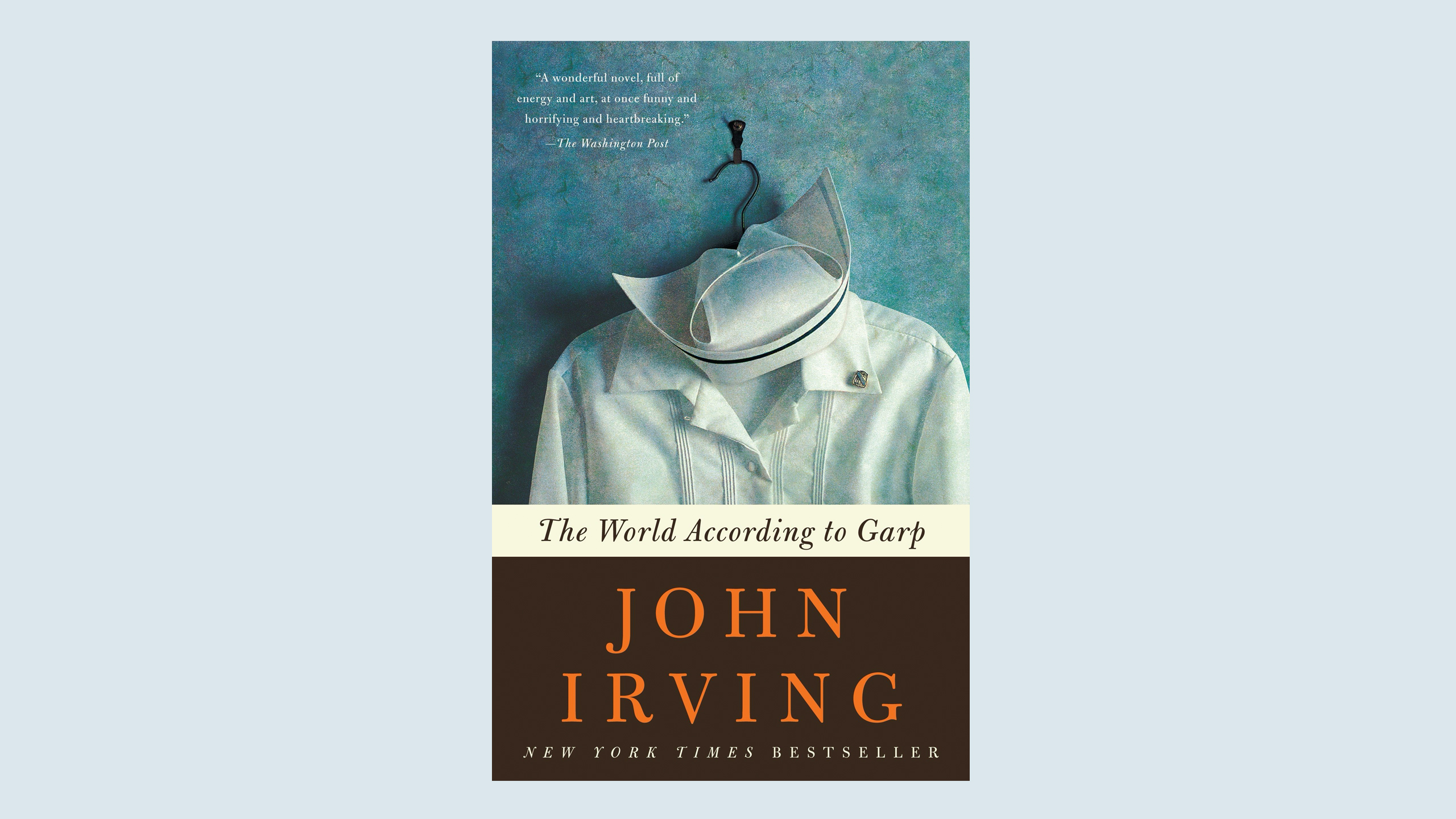
I want to end on why I couldn’t put it down. It’s been difficult to read these days, and other than being a riveting story, I found I was drawn into this book, like I was searching for something in it. Maybe you have some insight into that.
I really believe that the Galvin family story has a lot to teach us about dealing with challenges and weathering tragedy, even like the one we’re all going through now. They’re not the same in the slightest, but the Galvin family shows us that people who are traumatized still find ways to work through it. Some of them are able to find humanity in moments and really start to help one another, refusing to shut down and refusing to turn inward. I like to think that despite being a tragedy about schizophrenia the book comes out hopeful because there’s something a reader can learn about how to emerge on the other side of tragedy with our humanity intact.
Scouted selects products independently and prices reflect what was available at the time of publish. Sign up for our newsletter for more recommendations and check out our coupon site for more deals. If you buy something from our posts, we may earn a small commission.






